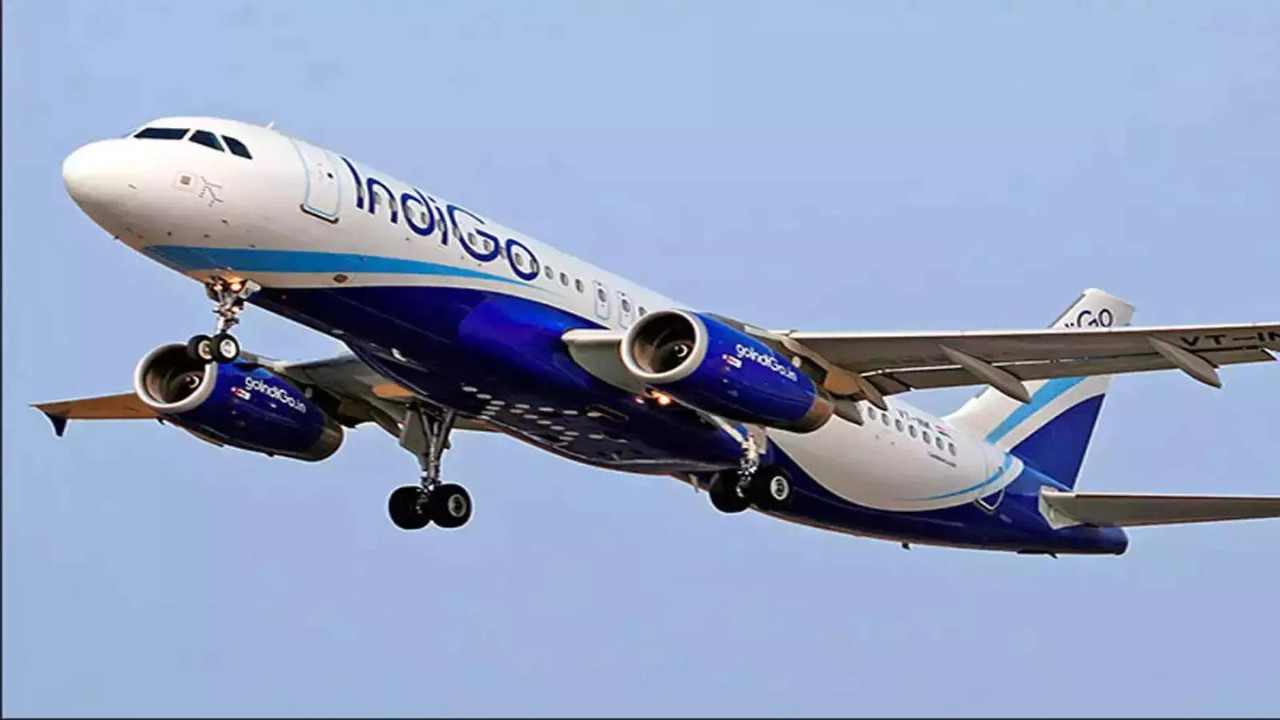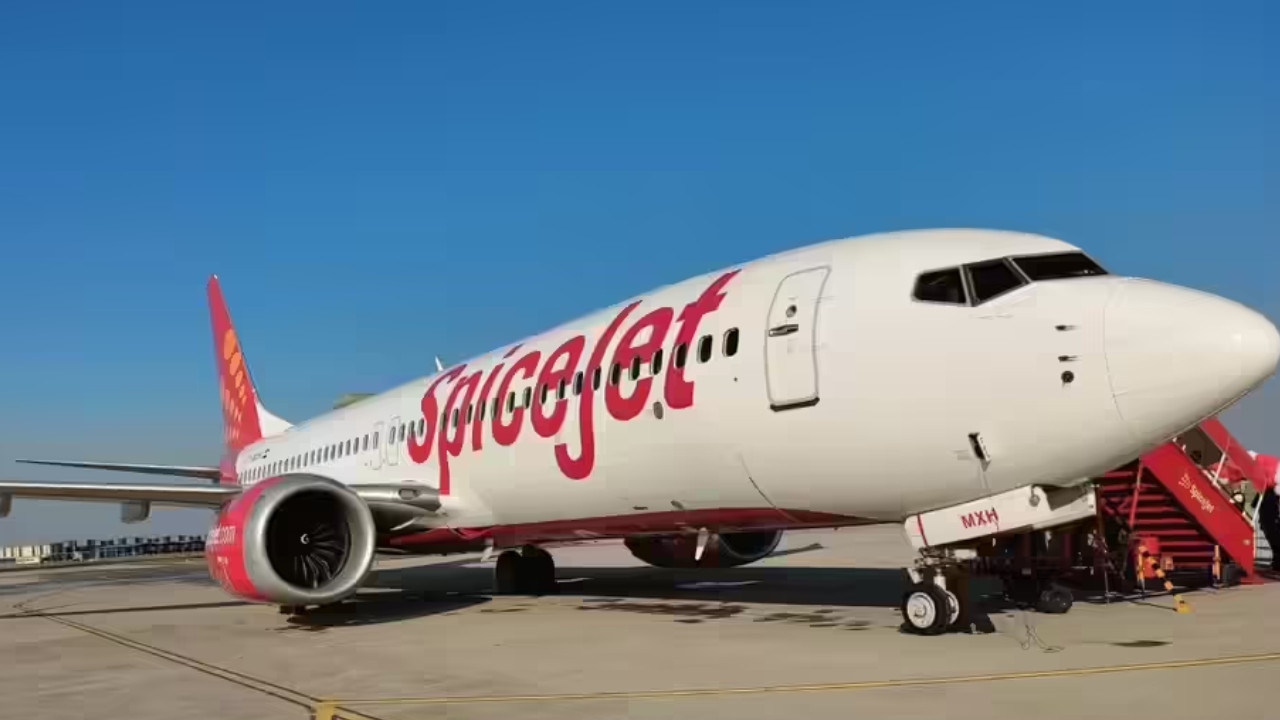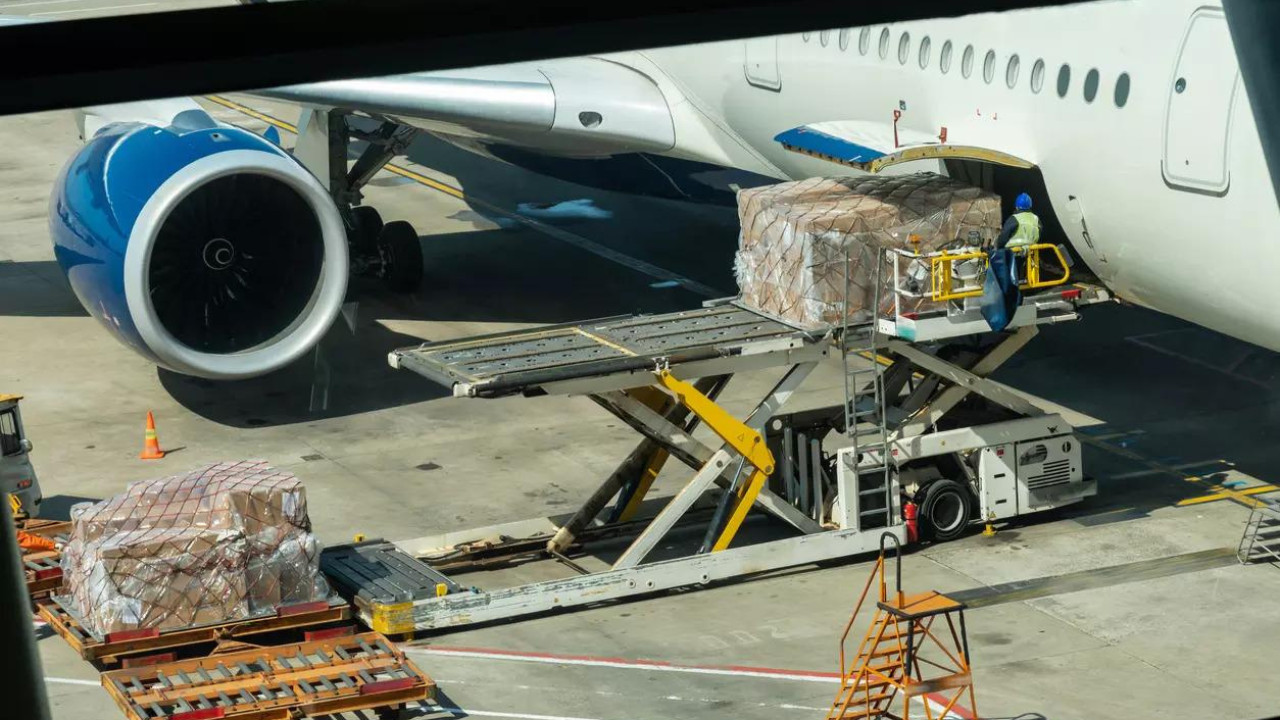Rough Landing, Familiar Story: Another IndiGo Tail Strike Raises Questions
Heavy rain can turn even routine tasks into high-stakes gambles. And for IndiGo, India’s largest airline, a recent go-around in Mumbai’s downpour resulted in yet another tail strike involving an Airbus A321 aircraft. This incident, the latest in a string of similar occurrences, brings renewed scrutiny to the airline’s operational procedures and pilot training.
The incident unfolded during a scheduled flight’s landing attempt at Chhatrapati Shivaji Maharaj International Airport. Buffeted by strong winds and reduced visibility, the pilots initiated a go-around – a standard procedure when a safe landing cannot be assured. However, during this maneuver, the aircraft’s tail made contact with the runway.
This isn’t an isolated incident. IndiGo has experienced a concerning number of tail strikes in recent years, particularly involving its A321 fleet. These incidents often happen during takeoffs or landings, and while generally not catastrophic, they raise serious questions about safety protocols and pilot proficiency in handling challenging weather conditions. Each strike requires a thorough inspection and potential repairs, leading to aircraft downtime and potential disruptions for passengers.
Why are these IndiGo tail strikes happening with such regularity? Several factors could be at play. The Airbus A321, with its longer fuselage, is inherently more susceptible to tail strikes than smaller aircraft, particularly during rotations on takeoff or when flaring during landing. Crosswinds, wind shear, and heavy rain – all common occurrences during the monsoon season in India – can further complicate matters, demanding precise control and timely reactions from pilots.

The Directorate General of Civil Aviation (DGCA), India’s aviation regulator, is undoubtedly paying close attention. While it’s not yet clear what specific actions will be taken, increased scrutiny of IndiGo’s training programs, particularly those focused on handling adverse weather conditions and go-around procedures, seems likely. Additionally, a review of the airline’s standard operating procedures (SOPs) related to takeoffs and landings in challenging environments could be on the horizon.
Beyond regulatory oversight, IndiGo itself faces the challenge of proactively addressing this issue. This might involve enhancing pilot training through simulator sessions that recreate realistic scenarios of challenging weather conditions. Investing in advanced wind shear detection technology and providing pilots with real-time weather updates can also empower them to make more informed decisions during critical phases of flight.
The financial implications of these incidents shouldn’t be ignored either. Aircraft repairs and downtime can significantly impact an airline’s bottom line. More importantly, repeated incidents, even minor ones, can erode public confidence in the airline’s safety record. This is a reputational risk that IndiGo must actively manage through transparent communication and decisive action. You can read more about the financial impact of aviation incidents on airline operations here.
While a single tail strike might not be a major cause for alarm, the recurring nature of these incidents demands a thorough investigation and effective corrective measures. The safety of passengers and crew must always be the top priority, and addressing the root causes of these IndiGo tail strikes is crucial for maintaining public trust and ensuring the continued safe operation of India’s aviation sector. Ultimately, resolving this issue will require a collaborative effort involving the airline, the regulator, and potentially even the aircraft manufacturer. The monsoon season might bring rain, but it shouldn’t bring with it an increased risk of avoidable incidents.
Slug suggestion: indigo-tail-strike-mumbai







